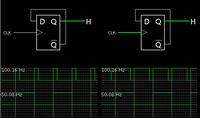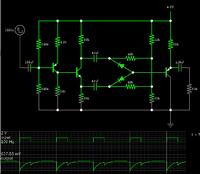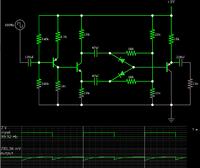nanock
Member level 1
Hi,
I have two clock outputs, one with 60% duty cycle and the other one with 40% duty cycle. I want to convert one of these, no matter which one will be, to 50% duty cycle.
Is it possible?
How can I convert a 60% or 40% duty cycle to 50% ?
thanks
I have two clock outputs, one with 60% duty cycle and the other one with 40% duty cycle. I want to convert one of these, no matter which one will be, to 50% duty cycle.
Is it possible?
How can I convert a 60% or 40% duty cycle to 50% ?
thanks




